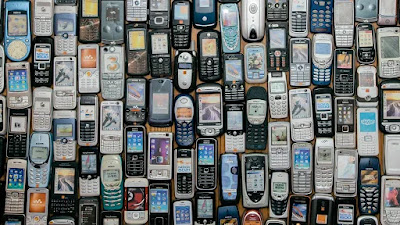One of the Biggest breakthroughs in modern medicine 🤯🤯

What is anaesthesia? Anaesthesia is a medical treatment that keeps you from feeling pain during procedures or surgery. The medications used to block pain are called anaesthetics. Different types of anaesthesia work in different ways. Some anaesthetic medications numb certain parts of the body, while other medications numb the brain, to induce a night of sleep through more invasive surgical procedures, like those within the head, chest, or abdomen. How does anaesthesia work? Anaesthesia temporarily blocks sensory/pain signals from nerves to the centres in the brain. Your peripheral nerves connect the spinal cord to the rest of your body. What are the types of anaesthesia? The anaesthesia your healthcare provider uses depends on the type and scope of the procedure. Options include: Local anaesthesia: This treatment numbs a small section of the body. Examples of procedures in which local anaesthesia could be used include cataract surgery, a dental procedure or skin biopsy. You’re awa...
.jpg)

